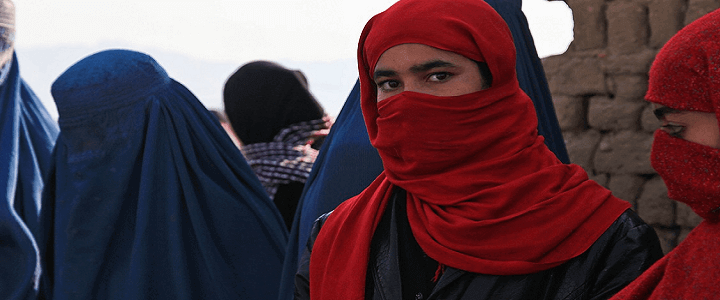What to make of the strange case of Tala and Rotana Farea, the two Saudi sisters whose bodies were found on the banks of the Hudson River on Oct. 24? Coming so close after the murder of journalist Jamal Khashoggi at the hands of a Saudi hit squad in the Istanbul consulate, it’s easy to jump to the conclusion that the Saudi government is somehow responsible. I agreed early on that it was more likely than not that the Saudis killed Khashoggi. I’m just not buying that explanation here, though.
One thing is clear, though: someone isn’t telling the truth. And no one seems to have learned the lesson of the Khashoggi killing: weak cover stories only invite further scrutiny.
There are more red flags here than a bullfighting match in Pamplona. To begin with, Rotana, 22, and Tala, 16, had a history of running away. According to multiple reports, they disappeared in December 2017; when they were found authorities placed them in a shelter, and not back in their home. There are reports of them disappearing once more around June, but details are thin.
Tala was last seen on August 24. According to at least one report, Rotana, who had previously enrolled at George Mason University near her home in Fairfax, Va., was attending school in New York. Saudi-based outlet Arab News has spoken to family in Saudi Arabia. The paper claims these family members say the girls’ mother called-of the missing persons report. “In fact,” the article states, “the mother reported her younger daughter Tala as missing two months ago, but the report was withdrawn when she was found visiting her sister in New York, and the search was called off.”
But the Washington Post reports that a former neighbor encountered Mrs. Farea in early October, who said then that she did not know where either daughter was. The girls were first reported missing on Sept. 12. No U.S. law enforcement official has corroborated the assertion that “the search was called off.”
The most damning piece of evidence against the theory that the girls were murdered by anyone, let alone the Saudi government, is the way they were bound. According to police, the two were tied together with duct tape at the ankles and the waist. It stretches the bounds of credulity to think that someone would subdue and duct tape two people they intended to murder and leave their hands free. To me, it’s fairly obvious the girls tied themselves together and jumped into the river. The New York medical examiner’s office has reported the girls were alive when they entered the water and there are no (at least obvious) signs of trauma.
Police originally thought the two may have jumped from the George Washington Bridge, but have since discarded that theory, since hitting the water from that height (as high as 202 feet in the middle of the span) would have left obvious evidence of the impact.
Lastly, there is the bizarre accusation that the Saudi embassy called Mrs. Farea the day before the sisters were found, telling her to leave the country because the girls had applied for asylum in the U.S. The U.S. Department of Homeland Security would not confirm this, citing privacy reasons. This is an odd excuse, as the Privacy Act specifically does not protect the dead. The DHS tight-lipped response only adds to the mystery.
For its part, the Saudi embassy admits to calling Mrs. Farea, but not, it claims, to tell her her daughters had applied for asylum, but to inform her that her visa was expired.
Lastly, the Washington Post reported that there may have been financial difficulties. Court records indicate the family was evicted from an apartment in Falls Church, Va. for failure to pay the rent, and recently faced a similar fate at their current apartment, but the management company dropped the case.
So really, none of this adds up to a murder by Saudi officials, as much as people want to believe it is. What we have is a mother and daughters who behaved quite oddly, and whose bizarre behavior relatives in Saudi Arabia are trying to wish away.
This seems to be nothing more than a case of young girls who chose suicide over confronting whatever problems they faced. And that is ultimately the real tragedy.




